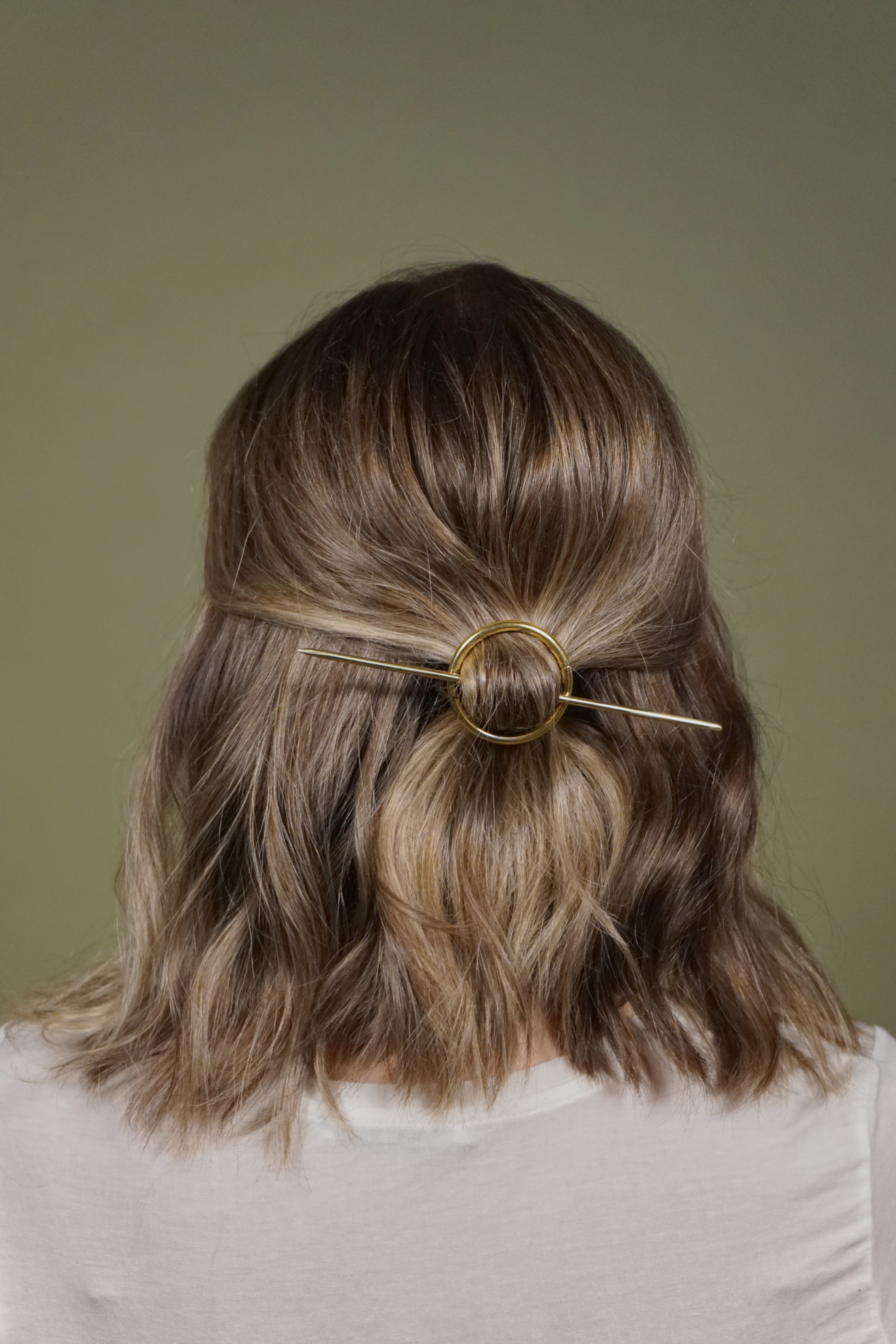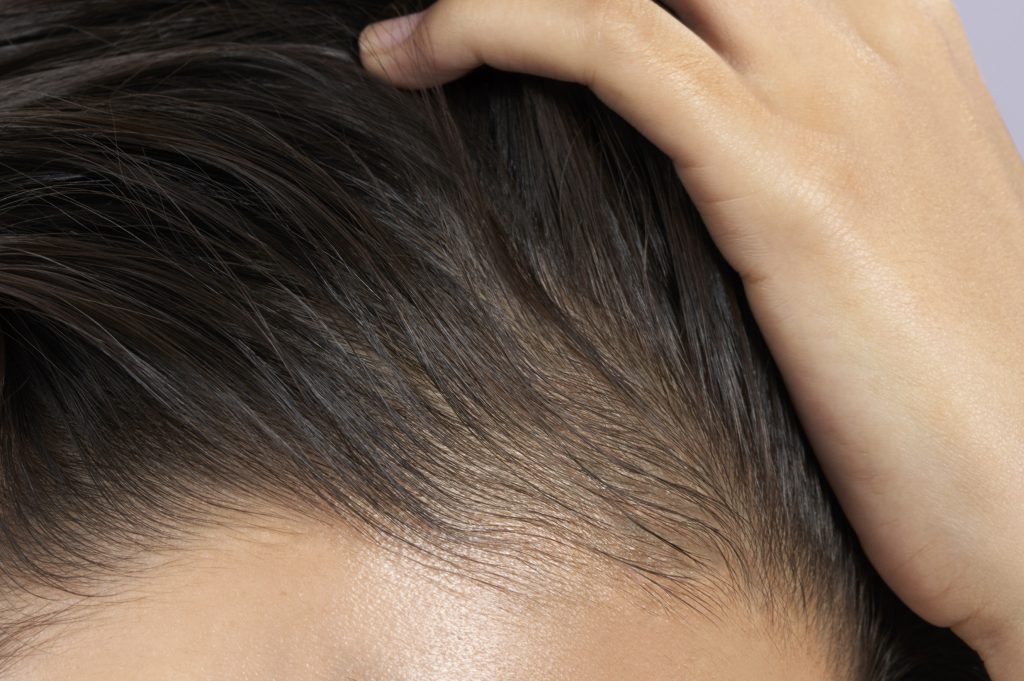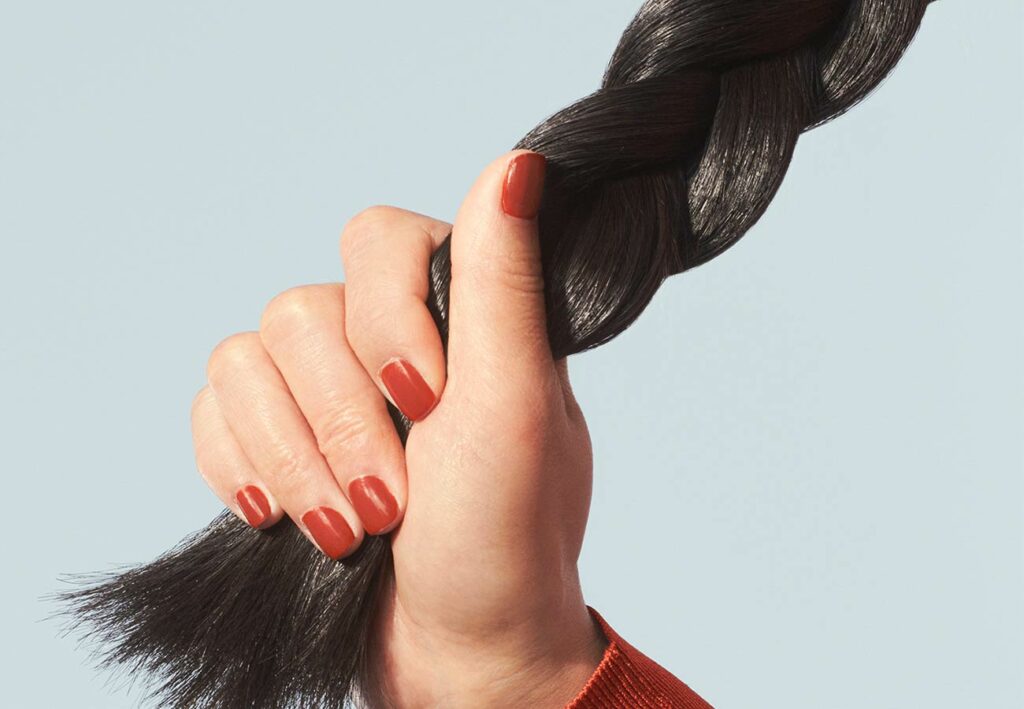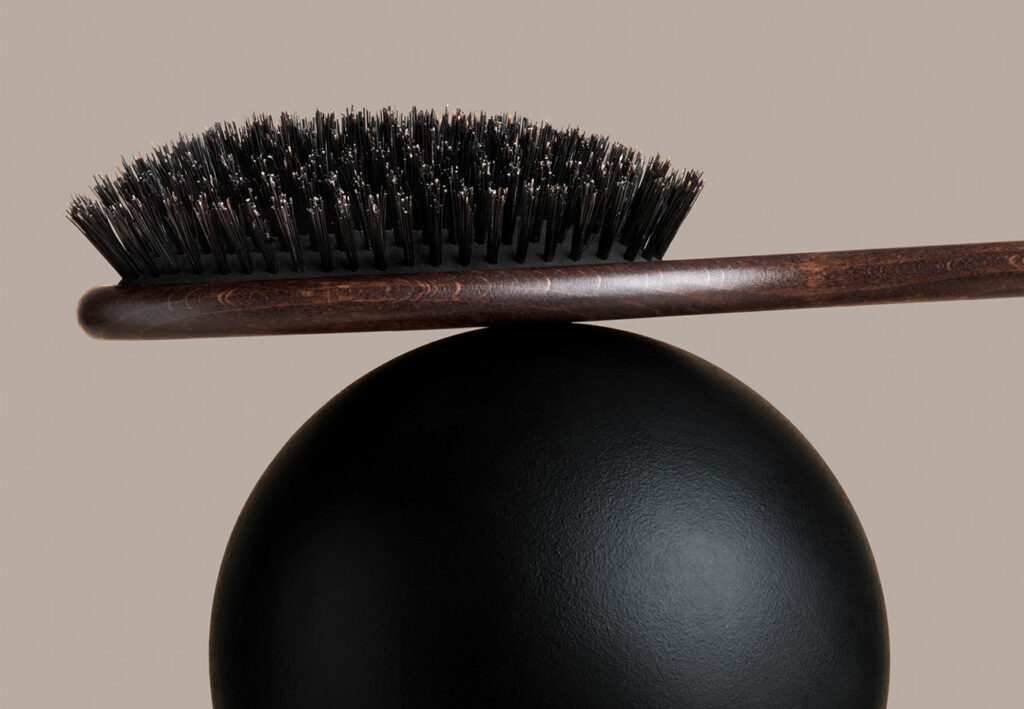Hair damage goes beyond simply split ends. When hair becomes damaged, there is likely a small crack in the cuticle, the hair’s outer layer. It takes just the slightest initial damage to facilitate the cuticle further opening up and thus leaving hair even more susceptible to breakage. It’s a self-perpetuating loop for damage— quite an undesirable rut to get stuck in.
Playing around with different hair colors, styles, braids, and accessories is a great way to express yourself and freshen up your style from time to time. Whether it’s a different color or merely experimenting with a fun new type of braid, switching up your hairstyle can give your whole vibe a makeover. But as much fun as it is to keep switching things up, it can eventually take a toll on our locks.
What Causes Hair Damage?
Hair damage occurs when our hair has been under continuous stress or subjected to harsh conditions. Does anything on this list sound familiar?
- Excessive use of heat styling tools
- Frequent dyeing
- Bleaching
- Chemical processes, such as perms
- Infrequent hair cuts
- Frequent exposure to direct sunlight or swimming pool chemicals, like chlorine
Hair damage happens to all of us. But now you’re here, and lucky for you, we’re here to help.
5 Ways to Repair Damaged Hair
Turn down the Heat
Setting the temperature too high when using styling tools is one of the most lethal yet common mistakes out there.
Not all hair types need 450 degrees of blazing heat to get it to behave in the way you need it to. Most hair types can be effectively styled with temperatures between 300 and 380 degrees. The goal is to find the lowest temperature that will still allow you to style efficiently.
The ideal temperature will be the sweet spot where running over the section of hair one time is sufficient to straighten or curl it. If the section of hair needs to be treated 3 or 4 times to achieve the desired result, the temperature is too low. The repeated stress of going over the hair multiple times is just as damaging as using a higher temperature.
High temperatures dehydrate hair and leave it feeling brittle and looking frizzy. Not a fabulous combination. However, if you really need to, try using a leave-in conditioner that can protect hair from temperatures up to that 450-degree mark.
It can take some experimenting and playing around to find that ideal temperature. We promise there are still ways to style your hair while avoiding heat damage. Play around with different temperatures to see what your hair actually needs. Start at the lowest temperature and work your way up to find the lowest temperature necessary to do the trick.
Be Gentle with Wet Hair
We know hair can have a mind of its own, especially after hopping out of the shower—like those knots that gather on our head can resemble a bird’s nest. As tempting as it may be to tug, yank, and assert your dominance through means of aggression, for the sake of your hair, please don’t.
Go easy on your hair, especially when it’s wet. Hair is fragile enough as it is, and when it’s wet, it’s even more delicate. Wet hair is more porous, making it highly sensitive to anything it touches and much more vulnerable to breakage.
When hair is wet, its elasticity is at its max. Avoid pulling it back into a tight ponytail or bun to avoid straining it. Creating any tension on hair that’s already at its max stretch level will make it highly prone to breakage. Picture a tightly pulled elastic band; any further tugging will result in the elastic snapping. When it comes to our hair, this elastic band example translates to flyaways and split ends— yikes.
Wrapping wet hair in a towel is another all too common culprit for damaging hair. We’re not sure what type of towels you keep at home, but not all towels are created equal. Harsh fibers can create rough friction on already wet and vulnerable hair. If wrapping your hair really is your preferred drying method, try using an old cotton t-shirt instead.
Hair Masks Are Your Friend
Even with the best shampoo and conditioner, using a deep treatment hair mask from time to time is never a bad idea. In fact, it’s a great idea, and you should be making time to mask once or twice a week.
A highly concentrated pre-wash treatment will restore moisture and smoothness for the lengths of your hair and even the ends. Using a deep treatment mask will maximize and replenish hair strength by giving it a good dose of all the good stuff. What’s the good stuff? Well, it’s a combination of all-natural ingredients such as jojoba oil to nourish, hyaluronic acid to repair hair fibers, and mango butter for deep nutrition.
Why mask before you shampoo? Because your hairs’ cuticles are more receptive to a soothing mask before you suds up. Hair masks will also help your shampoo give a gentler clean with zero irritation. Apply a hair mask on damp hair before shampooing. Leave it on for up to 30 minutes before rinsing out and carrying on with your regular shampoo and conditioner regime. You’ll also notice you’re using less conditioner later on and detangling becomes easier.
Leave-Ins Are Also Your Friend
Leave-in treatments work hard to protect your hair from just about every external pollutant out there. Leave-in treatments vary in an exact formula, but they can be custom created for your individual hair type. Personalized products ensure the treatment will be best suited for you and your unique hair needs and goals.
A leave-in conditioner is a hydrating mist that helps with detangling and smoothing flyaways. A leave-in conditioner is also amazing because it leaves strands soft, polished, and manageable. The best part is the protective coating that the treatment will leave in your hair. This protective barrier will be invisible but 100% there. Mist damp hair with the leave-in conditioner after hair has been washed in the shower. That’s it! Just leave it in there and carry on with your routine.
Go for a Trim, Frequently
Have you ever dismissed a thread coming loose from a sweater because it was “just one small thread?” Fast forward 20 minutes. The shirt now resembles a cat toy. That single snag has unraveled and is now a giant mess.
Going for a trim— frequently— will keep split ends from getting worse and inching their way up the hair shaft. Stop broken, dry, and frizzy split ends right in their tracks. It doesn’t take much more than an inch or two to do the trick. Frequent trims are an easy way to keep hair strong, healthy, and keep any little slip-ups (split-ends) in check.
More Tips for Healthy Hair
The best method of protection is prevention. Here are some tips to keep in mind that will help promote and maintain healthy hair.
- Consider your hair type when determining how often to wash your hair
- Use products designed for your hair type
- Shampoo is for the scalp
- Conditioner is for the ends
- Always opt for natural products when possible
It’s Not Too Late
You can work to repair damaged hair. As luxuriously strong as hair appears, it’s actually pretty fragile. Just like the rest of us, sometimes our hair just needs some TLC to bring it back to life.





